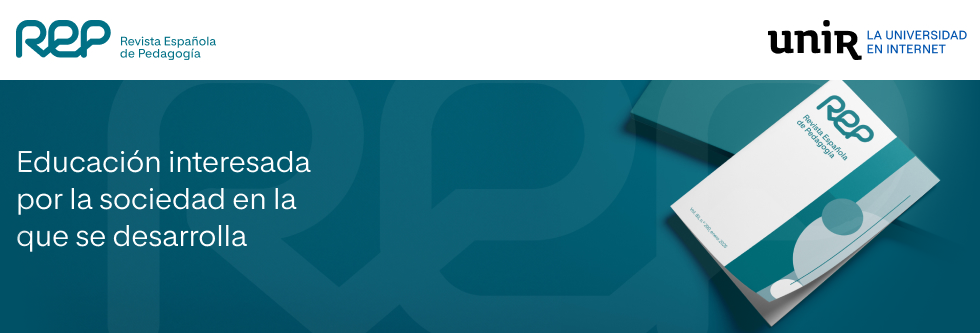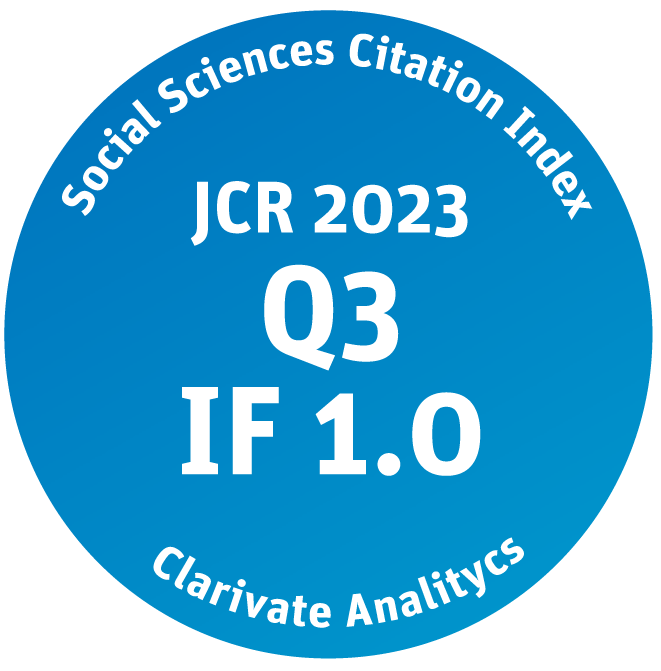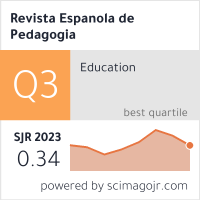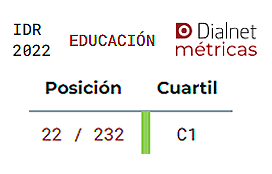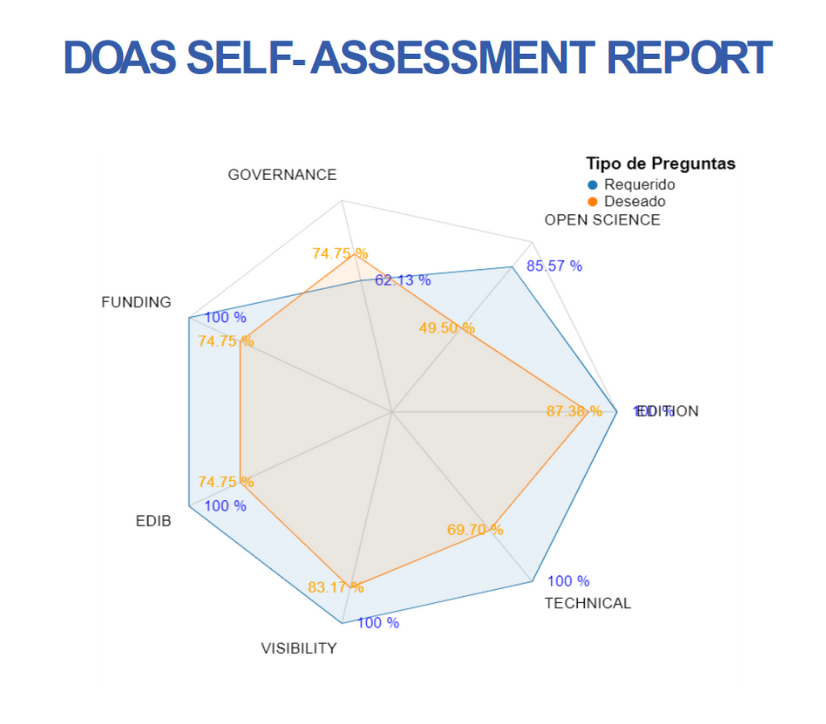Abstract
Dynamic study of iterative methods has become more common in recent decades thanks to the development of computers, something that illustrates the importance of including these methods in curricula. There are several types of software whose didactic application in the classroom is very useful, but they have not been designed in response to students’ difficulties related to learning of the dynamics of iterative methods. It should also be noted that there is no software exclusively designed for teaching iterative methods, and th with the difficulties students encounter in this area, has caused many students problems with understanding fundamental concepts as it is a subject with a large visual component. Taking into account all the above factors, we have designed a software program to help students understand this subject and allow teachers to perform simulations in the classroom while preventing students from using the tool or the parametric plane or dynamic plane that is appropriate for the particular situation they face. This article considers the development of a methodological proposal in which the software we designed is used with a sample of students from the Discrete and Continuous Dynamic Systems module on the Master’s degree in Mathematical Engineering and Computing at the Universidad Internacional de La Rioja, and their results are compared with another sample of students who did not have access to this mathematical tool. The result that emerges is that the group that followed the new methodology obtained much higher average score than the groups taught with the previous methodology.
This is the English version of an article originally printed in Spanish in issue 274 of the revista española de pedagogía. For this reason, the abbreviation EV has been added to the page numbers. Please, cite this article as follows: Sarría Martínez De Mendivil, Í., González Crespo, R., González-Castaño, A., Magreñán Ruiz, Á. A., & Orcos Palma, L. (2019). Herramienta pedagógica basada en el desarrollo de una aplicación informática para la mejora del aprendizaje en matemática avanzada | A pedagogical tool based on the development of a computer application to improve learning in advanced mathematics. Revista Española de Pedagogía, 77 (274), 457-485. doi: 10.22550/REP77-3-2019-06
Referencias | References
Amat, S., Busquier, S., Legaz, M. J. y Ruiz, J. (2015). Unifying the classical approach with new technologies: An innovative proposal for teaching mathematics in engineering. International Journal of Interactive Multimedia and Artificial Intelligence, 3 (4), 17-19.
Arís, N. y Orcos, L. (2015). ICTs and school education. International Journal of Interactive Multimedia and Artificial Intelligence, 3 (4), 13-18.
Ascheri, M. E. y Pizarro, R. A. (2006). Uso de la Tecnología en la Enseñanza-Aprendizaje de temas de cálculo numérico. Acta Latinoamericana de Matemática Educativa, 19, 879-885.
Azcárate, C. y Camacho, M. (2003). Sobre la investigación en didáctica del Análisis Matemático. Boletín de la Asociación Matemática Venezolana, 10 (2), 135-150.
Behl, R., Amat, S., Magreñán, Á. A. y Motsa, S. S. (2018). An efficient optimal family of sixteenth order methods for nonlinear models. Journal of Computational and Applied Mathematics, 354, 271-285.
Cordero, A., Magreñán, A., Quemada, C. y Torregrosa, J. R. (2016). Stability study of eighthorder
iterative methods for solving nonlinear equations. Journal of Computational and Applied Mathematics, 291, 348-357.
De Faria, E. (2001). Generalización del teorema de Morgan. Acta Latinoamericana de Matemática Educativa, 14, 272-276.
Díaz Godino., J. (Director) (2004). Didáctica de las matemáticas para maestros. Granada: Universidad de Granada.
Fernández, I., Riveros, V. y Montiel, G. (2017). Software educativo y las funciones matemáticas. Una
estrategia de apropiación. Omnia, 23 (1), 9-19.
Fisher, Y., McGuire, M., Voss, R. F., Barnsley, M. F., Devaney, R. L. y Mandelbrot, B. B. (2012). The science of fractal images. Berlín: Springer Science & Business Media.
Hitt, F. (2003). Una Reflexión sobre la construcción de Conceptos Matemáticos en Ambientes con Tecnología. Boletín de la Asociación Matemática Venezolana, 2, 213-223.
Jiménez, D. A., Mediavilla, D. M., Portús, P. O. M., López, V. P. y Vicente, F. J. S. V. (2015). Maths: from distance to e-learning. International Journal of Interactive Multimedia and Artificial Intelligence, 3 (4), 5-12
Magreñán, Á. A. (2013). Estudio de la dinámica del método de Newton amortiguado (Tesis doctoral). Servicio de Publicaciones, Universidad de La Rioja, Logroño.
Magreñán, Á. A., Argyros, I. K., Rainer, J. J. y Sicilia, J. A. (2018). Ball convergence of a sixth-order Newton-like method based on means under weak conditions. Journal of Mathematical Chemistry, 56 (7), 2117-2131.
Mandelbrot, B. B. (1983). The fractal geometry of nature (Vol. 173). Nueva York: WH Freeman. Martins, A., Fracchia, C. C., Allan, C. y Parra, S. (2010). Simulación y Métodos numéricos en ciencias
de la computación: uso de TICS. XII Workshop de Investigadores en Ciencias de la Computación, Universidad Nacional de San Juan, Argentina. Recuperado de http://hdl.handle.net/10915/19627 (Consultado el 01-12-2017).
Rodríguez-Vásquez, F. M. (2003). Convergencia, recursividad y visualización. Tesis de Maestría no
publicada (Tesis doctoral). Centro de Investigación y de Estudios Avanzados del IPN, México.
Rodríguez-Vásquez F. M. (2010). Desarrollo Conceptual de los Métodos Iterativos en la Resolución de Ecuaciones No Lineales (Tesis doctoral). Universidad de Salamanca, Salamanca.
Santos, L. M. (2003). Procesos de Transformación de Artefactos Tecnológicos en Herramientas de Resolución de Problemas Matemáticos. Boletín de la Asociación Matemática Venezolana, 10 (2), 195-211.
Sfard, A. (1991). On the dual nature of mathematical conceptions: reflections on processes and objects as different sides of the same coin. Educational Studies in Mathematics, 22 (1), 1-36.
Vinner, S. (1991). The Role of Definitions in the Teaching and Learning of Mathematics. En D. Tall (Ed.), Advanced mathematical thinking (pp. 65-81). Dordrecht: Kluwer.
Citación recomendada | Recommended citation
Martínez De Mendivil, Í. S.,
Crespo, R. G.,
González-Castaño, A.,
Magreñán Ruiz, Á. A.,
&
Palma, L. O.
(2019)
.
A pedagogical tool based on the development of a computer application to improve learning in advanced mathematics.
Revista Española de Pedagogía, 77(274).
https://www.revistadepedagogia.org/rep/vol77/iss274/12
Licencia Creative Commons | Creative Commons License
Esta obra está bajo una licencia internacional Creative Commons Atribución-NoComercial 4.0.
This work is licensed under a Creative Commons Attribution-NonCommercial 4.0 International License

- Citations
- Citation Indexes: 7
- Usage
- Abstract Views: 81
- Downloads: 54
- Captures
- Readers: 41
- Mentions
- News Mentions: 1
